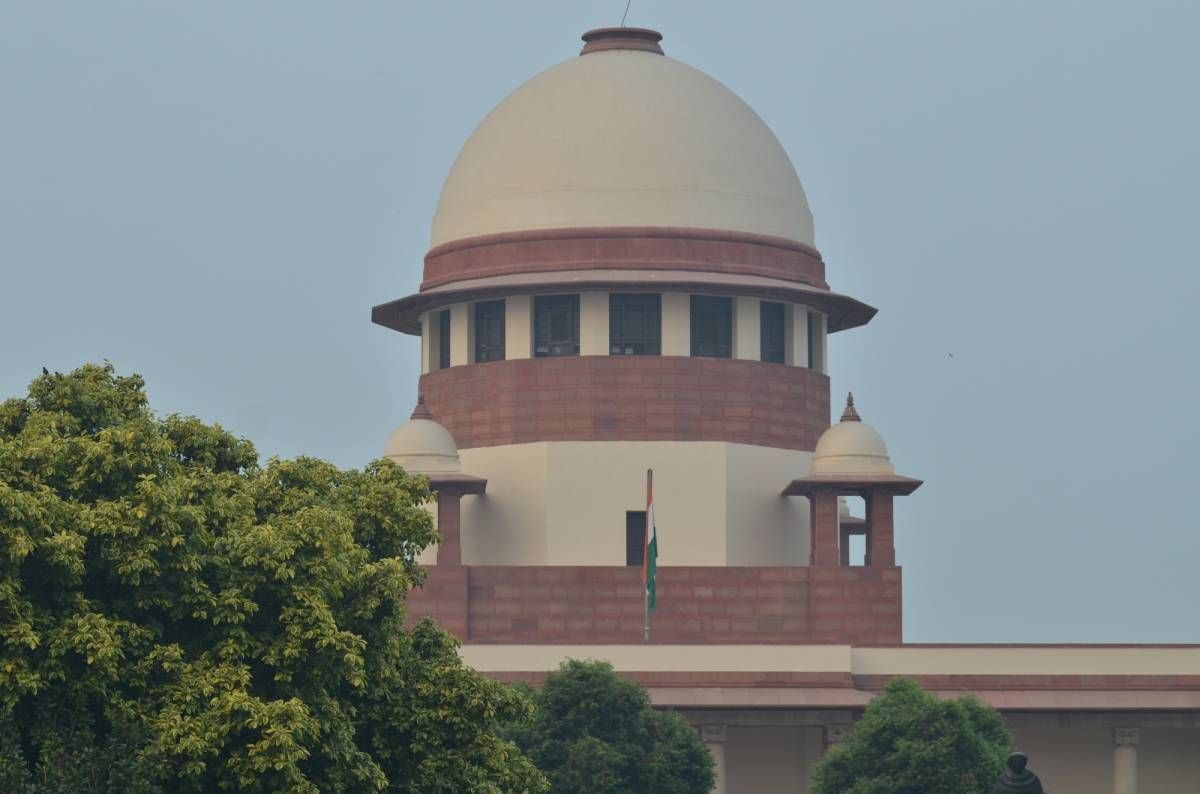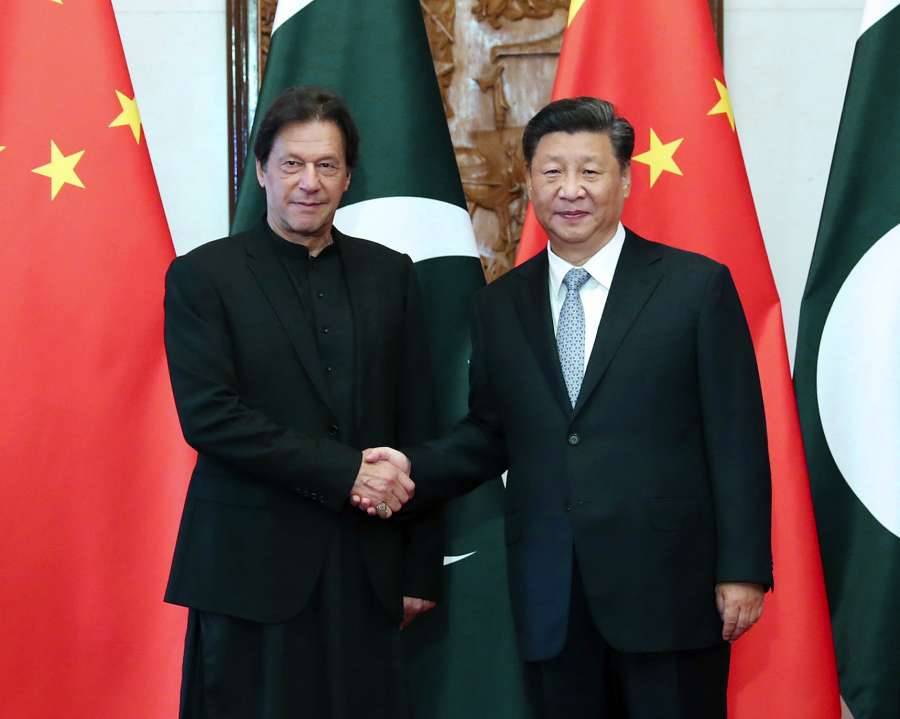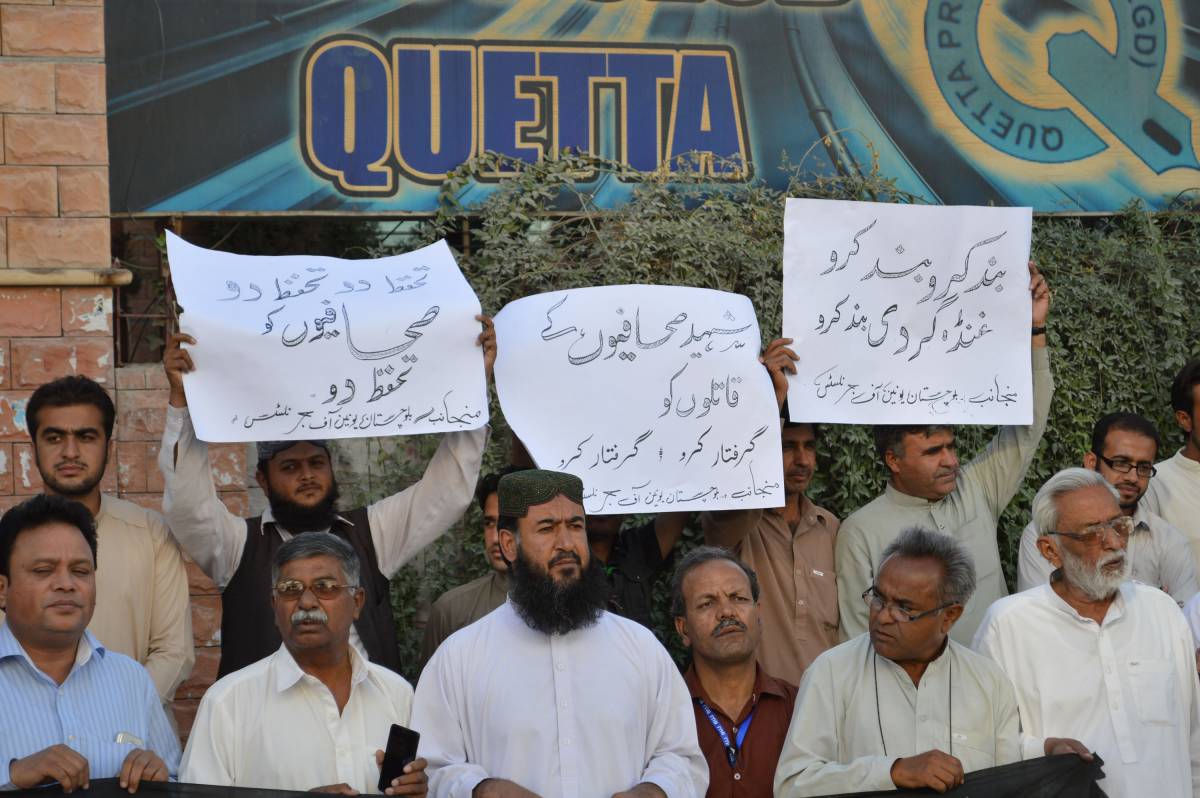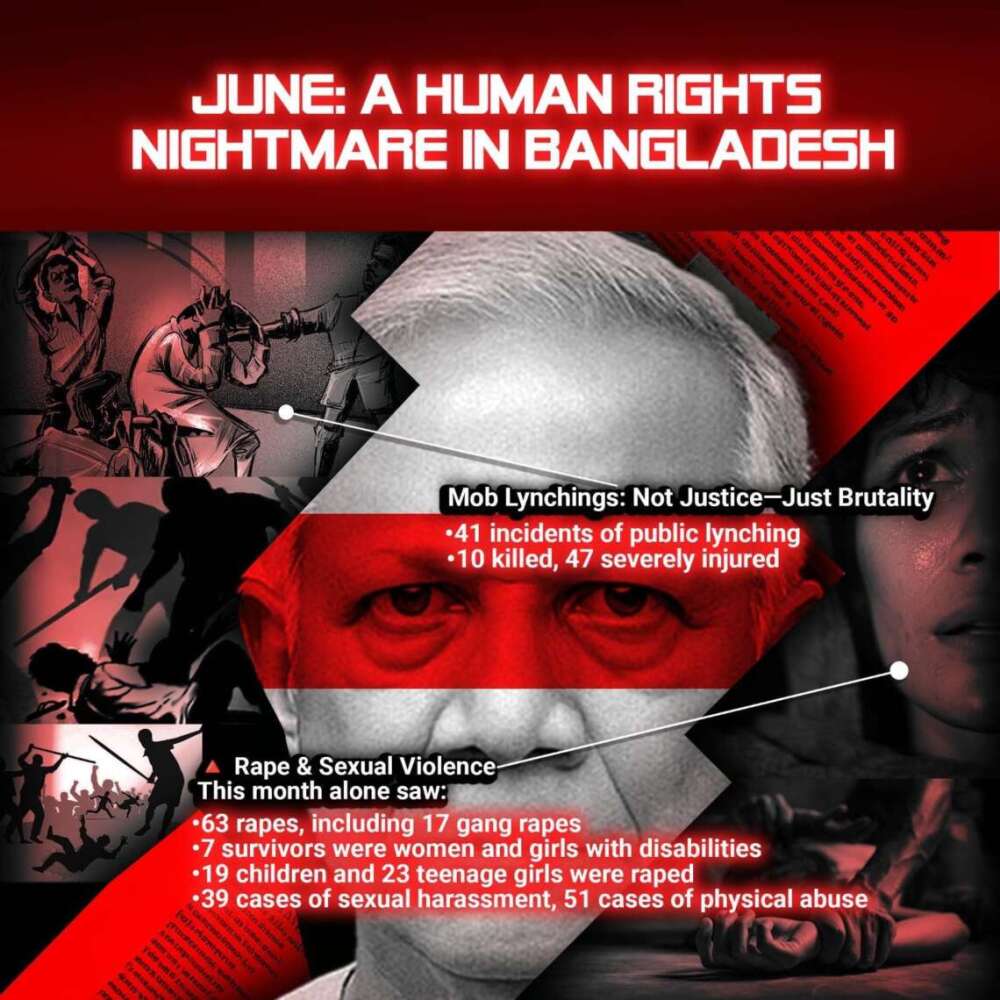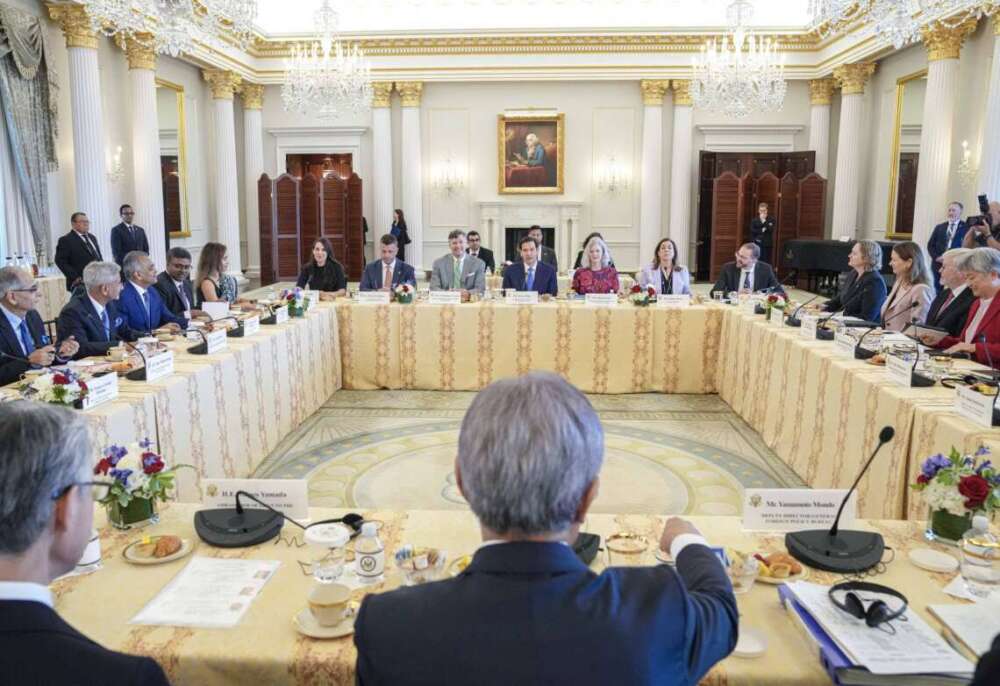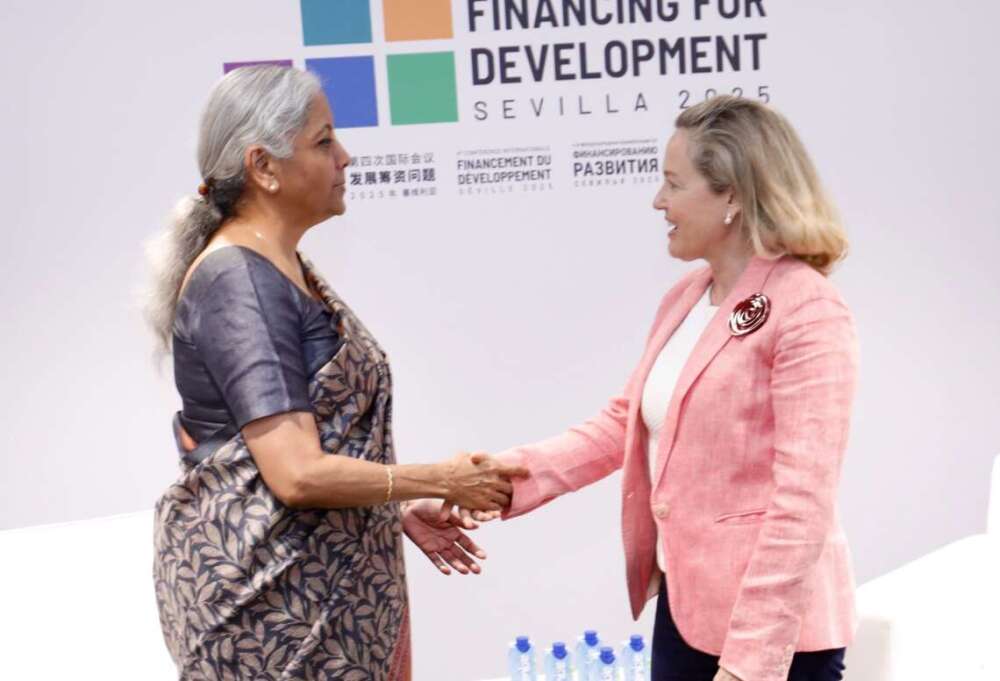In Singh’s case, the top court noted that one of the points argued by the petitioner relates to sentence of imprisonment for life not to be equated to rigorous imprisonment for life…reports Asian Lite News.
The Supreme Court on Tuesday reiterated that a sentence of imprisonment for life means rigorous imprisonment for life.
A bench of Justices L. Nageswara Rao and B.R. Gavai declined to reopen the debate whether a life sentence should be treated as rigorous imprisonment for life.
“In view of the authoritative pronouncements of this court on the issues that arise for consideration in these SLPs, there is no need to re-examine the limited point for which notice was issued. Therefore, the Special Leave Petitions are dismissed,” it said.
The top court judgment came on two separate appeals, where questions were raised whether life sentence awarded to them would be treated as rigorous imprisonment for life.
The bench said the issue raised has been authoritatively decided in various verdicts including the one involving younger brother of Nathuram Godse, convicted in the Mahatma Gandhi assassination case. The appeals were filed challenging two high courts judgments which upheld the conviction and sentence of petitioners for the offence of murder under Section 302 of the IPC.
The top court said it had relied upon on earlier judgements –1945 Privy Council case of Pandit Kishori Lal versus King Emperor and 1961 case of Gopal Vinayak Godse versus Maharashtra – while dealing with same question of law in 1985 case of Naib Singh versus Punjab, and held that “the sentence of imprisonment for life has to be equated to rigorous imprisonment for life”.
In Singh’s case, the top court noted that one of the points argued by the petitioner relates to sentence of imprisonment for life not to be equated to rigorous imprisonment for life. “The law laid down by this Court in Naib Singh was followed by this Court in three judgments – Dilpesh Balchandra Panchal v State of Gujarat, Sat Pal alias Sadhu v State of Haryana and Mohd. Munna v Union of India,” it said.

The top court junked the appeal filed by Md Alfaz Ali, who was convicted under Section 302 of the IPC and was sentenced to undergo rigorous imprisonment for life. In 2016, the Gauhati High Court had dismissed his appeal against the conviction and sentence. In July 2018, the top court had agreed to hear his appeal restricted to the question of propriety of specifying rigorous imprisonment while imposing life sentence.
The top court also dismissed another appeal against the Himachal Pradesh High Court verdict, which upheld a man’s conviction and sentence under Section 302 of the IPC.
ALSO READ-Nothing on record to show Tharoor incited Pushkar to commit suicide: Court
READ MORE-SC announces nine recommendations for elevation to top court


